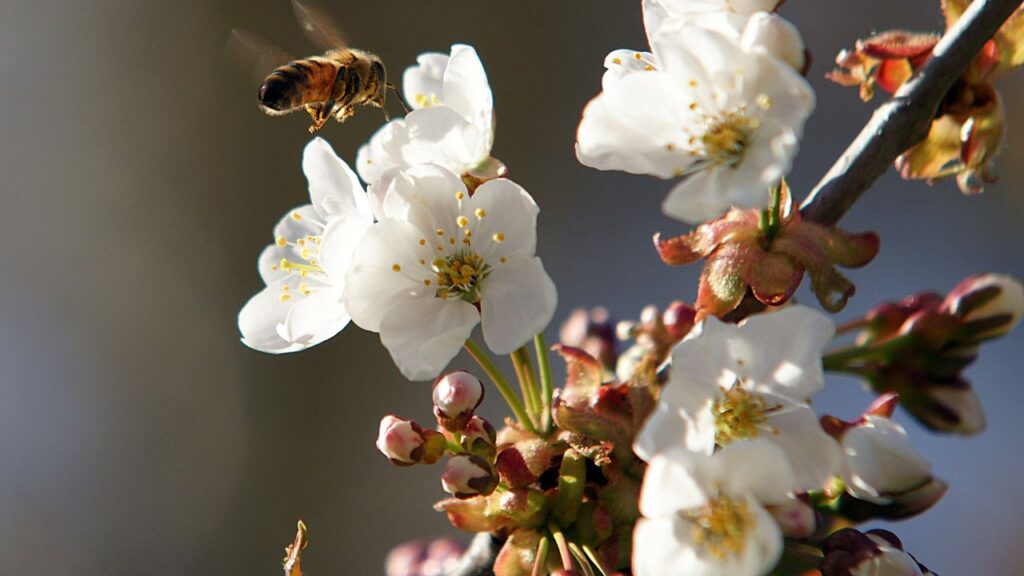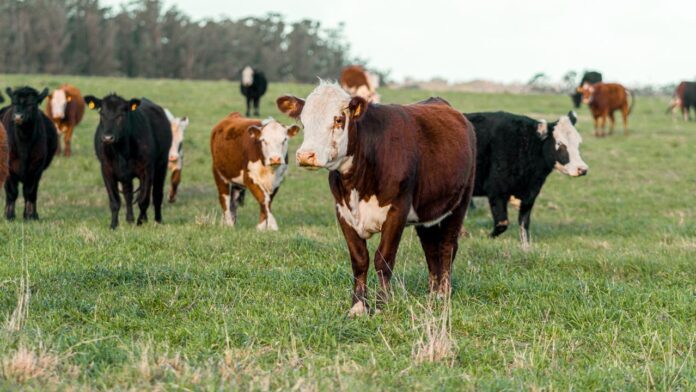In a critical move for cross-border trade and biosecurity, the United States Department of Agriculture (USDA) has officially announced a phased reopening of southern ports for live animal imports from Mexico, beginning July 7, 2025.
The announcement follows weeks of scientific evaluation, joint risk assessments, and renewed collaborative efforts between the USDA’s Animal and Plant Health Inspection Service (APHIS) and Mexico’s National Department of Health, Food Safety and Food Quality (SENASICA).
This decision reverses the USDA’s earlier May 11 suspension of livestock imports due to the accelerated spread of the New World screwworm (NWS) — a dangerous pest that can cause deadly infestations in livestock and wildlife. USDA Secretary Brooke Rollins said the reopening reflects measurable progress in surveillance, eradication, and biosecurity systems in Mexico.
Why Imports Were Halted: Understanding the New World Screwworm Threat
The New World screwworm (Cochliomyia hominivorax) is a parasitic fly native to the Americas. Its larvae feed on the living tissue of warm-blooded animals, including cattle, horses, bison, and even humans. Screwworm infestations can cause severe suffering in animals, leading to tissue damage, infection, and often death if untreated.
By May 2025, multiple detections of screwworm infestations in northern Mexico raised red flags about the pest potentially crossing into the United States, prompting the USDA to take immediate precautionary action by halting live cattle, bison, and equine imports.
What Has Changed: Joint Action by the U.S. and Mexico to Contain NWS
Since the suspension, both nations have taken urgent steps to control the threat and reduce the risk of transboundary spread.
Key Developments Include:
- Expanded Surveillance and Eradication Efforts: APHIS and SENASICA enhanced their coordinated pest monitoring systems and upgraded diagnostic capabilities to detect and trace NWS outbreaks faster.
- Sterile Insect Technique (SIT) Enhancement: The USDA, in partnership with Mexican authorities, has resumed and stabilized daily aerial dispersal of over 100 million sterile NWS flies across affected regions. This environmentally friendly pest control method disrupts breeding cycles and drastically lowers NWS populations.
- On-the-Ground Risk Evaluations: APHIS conducted intensive field assessments during the first two weeks of June 2025 to evaluate how effectively Mexico was managing NWS containment. These evaluations helped USDA reclassify risk levels at different entry points.
- Stable Trend in NWS Movement: According to USDA surveillance data, no significant northward movement of NWS has been detected in the last eight weeks, and reported cases remain under control within containment zones in Mexico.
Secretary Rollins praised these collaborative efforts, emphasizing that, “The quick action by the Trump Administration, coupled with sustained efforts from our Mexican counterparts, has improved the conditions necessary for safely resuming livestock trade under strict safeguards.”
Ports Reopening on a Staggered Timeline
The USDA will reopen southern ports in five phases, beginning with the lowest-risk region and moving forward only if safety conditions remain stable.
Port Reopening Schedule:
|
Port Location |
State |
Scheduled Date |
|
Douglas |
Arizona |
July 7, 2025 |
|
Columbus |
New Mexico |
July 14, 2025 |
|
Santa Teresa |
New Mexico |
July 21, 2025 |
|
Del Rio |
Texas |
August 18, 2025 |
|
Laredo |
Texas |
September 15, 2025 |
Each port’s reopening is conditional upon ongoing APHIS evaluations, including tracking of NWS movement trends, enforcement of inspection protocols, and verification of effective biosecurity implementation in neighboring Mexican states.
The Douglas port is prioritized due to its location near Sonora, a region with a strong track record in livestock health collaboration with APHIS. Ports in New Mexico and Texas will follow only if safety protocols are strictly met.
Strict Import Protocols to Minimize Biosecurity Risks

The USDA has outlined specific, science-based criteria for livestock eligibility to minimize any risk of NWS introduction into the U.S.:
Cattle and Bison:
- Must be born and raised in Sonora or Chihuahua, OR
- Must be treated according to NWS eradication protocols before entering those states.
- Entry through Del Rio and Colombia Bridge will be permitted only if Coahuila and Nuevo León adopt similar strict protocols.
- Enhanced animal traceability and health certifications are required at all checkpoints.
Equines (Horses):
- May originate from any state in Mexico, but:
- Must undergo a mandatory 7-day quarantine at the U.S. port of entry.
- Must follow the Equine NWS Protocol, including inspection and treatment requirements listed on the APHIS horse import guidelines.
- Equine-specific quarantine facilities are available at the Santa Teresa port, which will support imports upon reopening.
These rules are aimed at preventing any accidental entry of NWS through untreated animals, especially given the history of the pest’s rapid reproductive cycle and potential impact on native livestock.
Mexico’s Infrastructure Upgrades to Support Long-Term NWS Eradication
In a significant step toward regional pest management, Mexico has begun renovating its sterile insect production facility in Metapa, a key part of the NWS eradication strategy. Renovation is expected to finish by July 2026.
Highlights of the Facility Renovation:
- Post-upgrade, the facility will produce 60 to 100 million sterile NWS flies weekly.
- Long-term goal: 400–500 million sterile flies per week to recreate a pest barrier at the Darien Gap—a strategic location between Central and South America.
This expansion aligns with the USDA’s multi-pronged strategy to prevent NWS reintroduction, not only from Mexico but from other parts of Latin America.
In addition, the USDA is working to build a new fly dispersal facility at Moore Air Base in South Texas, which will enhance U.S. preparedness and emergency response capability.
Commitment to Cross-Border Education and Producer Awareness
Both the USDA and SENASICA are engaged in widespread educational outreach to train ranchers, producers, and veterinarians in recognizing early signs of screwworm infestation.
Ongoing Measures:
- Public awareness campaigns along the U.S.–Mexico border.
- Workshops and training modules on pest identification and emergency protocols.
- Bi-national task forces focused on coordinated action in high-risk regions.
This community-level engagement is crucial to preventing the illegal or undocumented movement of animals, which USDA warns could undo months of containment efforts.
Industry Response: National Cattlemen’s Association Backs the Plan
The National Cattlemen’s Beef Association (NCBA) has voiced strong support for the USDA’s methodical and science-led approach.
NCBA CEO Colin Woodall stated:
“We’ve worked closely with USDA for months to protect the cattle industry. This phased reopening, along with investments in sterile fly production and inspection, shows the kind of leadership needed to balance trade with disease prevention.”
The NCBA also praised USDA’s long-term pest management blueprint, including the infrastructure upgrades and improved border inspection procedures.
Looking Ahead: Vigilance Will Continue
Although the reopening begins on July 7, the USDA emphasized that this does not mark the end of the crisis. Increased surveillance, rigorous inspections, and joint policy enforcement will continue well into 2026.
Further port openings beyond Laredo will depend entirely on:
- Mexico’s ability to maintain low NWS case counts.
- Continuous updates to movement control protocols.
- Ongoing collaboration with APHIS on containment measures.
As Secretary Rollins concluded, “We will not rest until we are confident that the New World screwworm will not cross our border and harm American ranchers.”


















![10 Countries With the Best Healthcare in the World [Statistical Analysis] Countries With the Best Healthcare in the World](https://articleify.com/wp-content/uploads/2025/07/Countries-With-the-Best-Healthcare-in-the-World-1-150x150.jpg)










